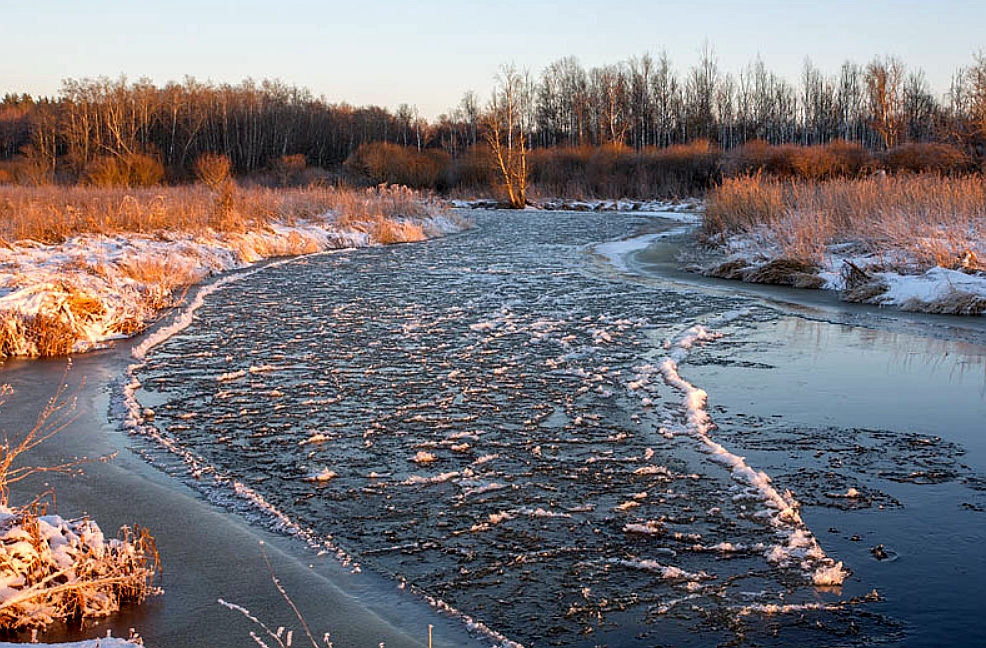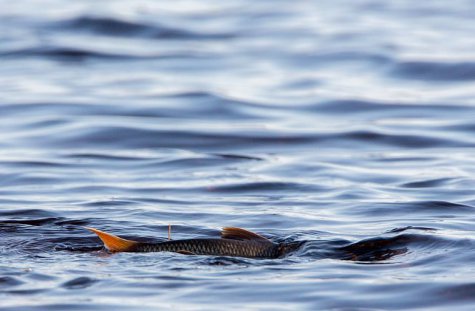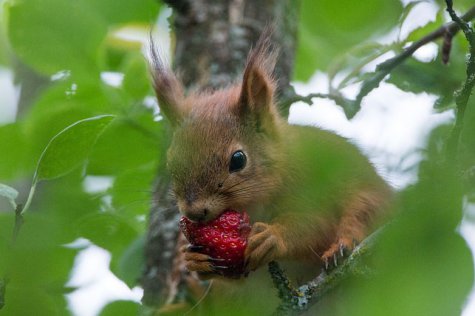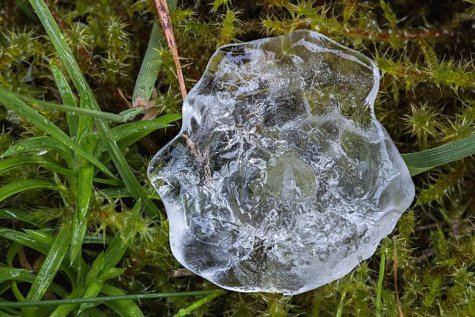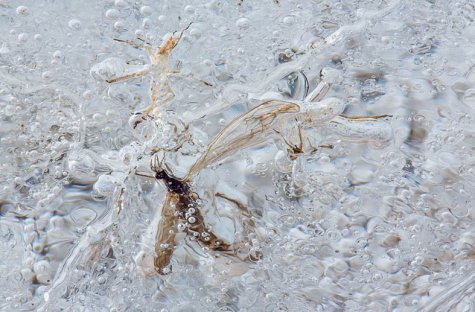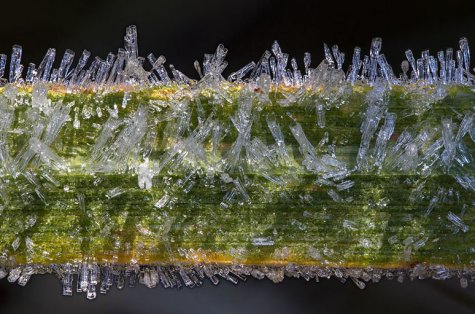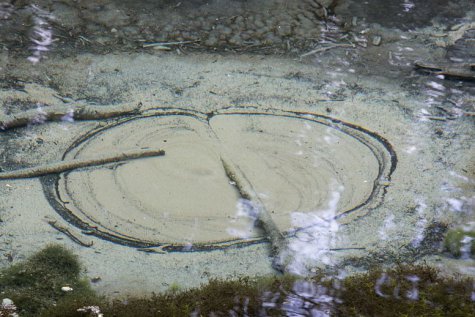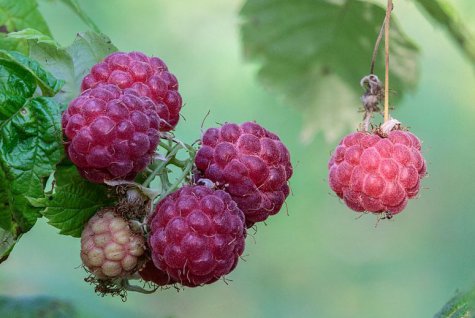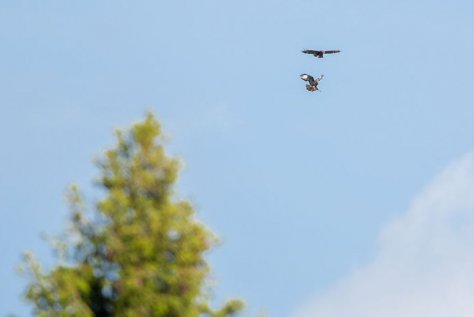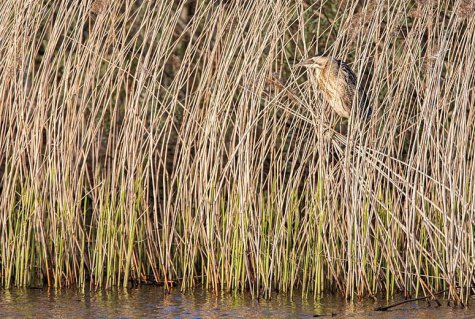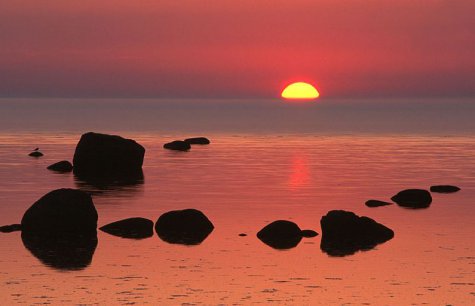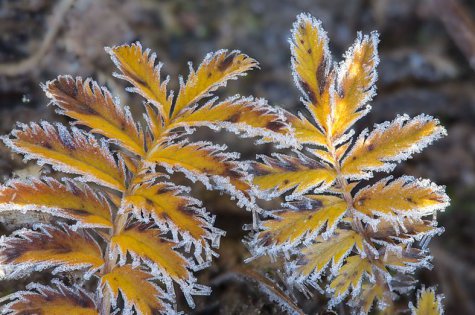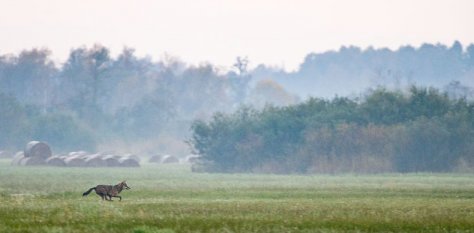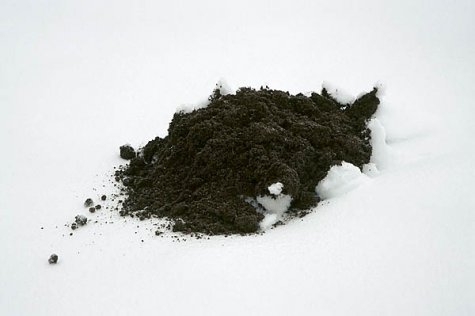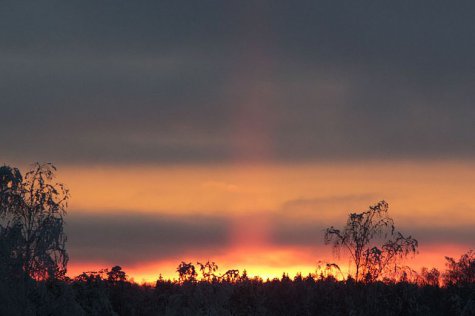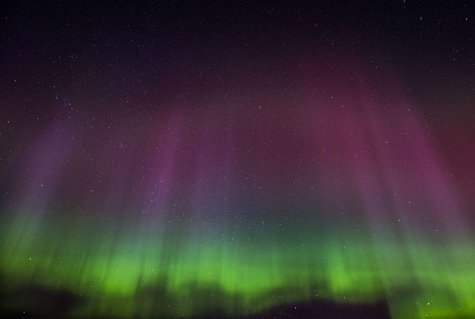(Survey of nature and weather 2015 published in Estonian 26.12.2015)
As in earlier years, I will make a summary of the weather year in 2015 too.
The year before there was enough snow at the turn of the year to hang in generous swathes from the eaves but in January 2015 the ground was mostly only barely covered. The year started with a flood on January 2nd in Haapsalu.
The first ice cover formed on rivers only in January
But in February my daughter could already roll huge snowballs. From Estonia’s Anniversary on February 24th and onwards snow became scarce. In summary we can say – it was a winter poor in snow.
Hepaticas shone blue in Võrumaa at Ilmamäe farm already on March 17th. In the same night there was a veritable blaze of Northern Lights in the sky.
On April 6th the first suns of the colt’s-foot flowers opened, by the middle of the month earthworms appeared, the ground had thawed. On April 12th the mezereum began to flower, by April 26th the blackbird had two eggs in the nest, on April 29th cities were filled with the scent of maple flowers.
Colts-foots opened their flowers in March
In early May willow flutes could be made, plum trees blossomed by May 6th. During the flowering period of apple trees night frosts ocurred and left South Estonia without apples. May was beautiful, with much flowers and many beautiful rainbows. There was enough birch sap too.
The wild strawberry season did not start until on June 15th. The beginning of June was bright and sunny, the second half cloudier. On Midsummer Eve rain splashed down.Noticeably many berry-pickers moved around in gardens. In the second half of summer the lack of rowanberries contributed too.
On July 6th limes started to flower. On July 17th giant hailstones fell down. On July 24th the seawater was so cold that there were only three winter bathers in the sea at Pärnu beach. There were plenty of raspberries in forests as well as gardens. Chanterelles appeared on July 23rd, there were more of them than usual.
In August the taps of heat were finally turned on. Drought reigned, even the Kuremäe spring dried. African Swine Fever raged in forests as well as pigsties. Honey stores remained scanty this year.
By September hundreds of wells and springs had dried. People rushed out to pick cranberries, the harvest was average. Night frosts only arrived at the end of the month
In October we could admire roses in rime. The Guelder rose shrubs were flame red this year. Northern lights flashed again. People went on bravely picking cranberries until the end of the month. Young grass snakes still crawled around at the end of the month. The wind managed to rip off the leaves from trees before snow arrived.
In early November the taps of rain were finally turned on, but the month was dark as in a sack. The first little amount of snowman snow reached Tartu only as a Catherine light. On Catherine (Kadri) eve, Saturday, November 23rd, dandelions still flowered, so did the petunias from southern countries in the hanging basket in the beginning of the month.
In December there were no violent storms this year, but on the first days of the month the wind still pressed seawater into the streets of Haapsalu and Pärnu. In contrast the Pandivere hillocks stayed dry – the lake of Porkuni was bone dry.
And as always I asked friends to tell what was particular about the weather year for them.
Wise man of medical herbs, Ain Raal, says: “The great experience in nature was finding a wonderful spring cave and the spring with purling water at Tõrva city, in the Pokardi valley. As a child I had been around in these places any number of times, even close to the spring, but strangely enough I was never aware of the existence of the spring – maybe nature opens to us the older we become and the more observant towards nature we grow.”
Insect specialist Urmas Tartes says: “With the cold spring and the cool start of summer the insect life of summer was about two weeks late and continued likewise by small steps. There were noticeably many chequered skippers (Heteropterus morpheus). Although we have had a minimum of snow this autumn there were still remarkably many snow fleas in action on the snow in the two first days with snow (November 24th) in Tartu County.”
Botanist Tiina Elvisto says: “July was special. Usually the participants in the outdoor learning summer school walk around with bare toes, legs, shoulders in bright and billowing dresses. Now the same people had cardigans on, down jackets on top and trousers to that.
The darkish gang in the beginning of the month left the impression of an autumn mushroom field course rather than a mid-summer camp.
For the first time in my life I had to make a fire in the fireplace in July to get some warmth in the room. The sweetest raspberries that I have ever had were on Aegna in August.“
Bird man Urmas Sellis tells: “The springtime cool weather and the accompanying slight rains didn’t suit honey buzzards. They arrived and instinct made them build nests but mostly the nesting didn’t result in anything. Common buzzards did not let themselves be disturbed by this, the nesting that got a strong start in early spring with fair weather continued over the poor weather period too, with a diet of earthworms if needed.”
Folk traditions researcher Marju Kõivupuu says: “So many mystically blood red evening skies as in last year I have never seen earlier or known to look for or maybe not had the time to see. There was windy weather too. People of old have seen such phenomena as messages of unsettled times to come. But not to end on a sad note, I went to the Paljasaare peninsula to listen to the bittern in the summer nights. Surely this will be the summer of the bittern for me.”
Weather and agriculture people Vello and Laine Keppart add: “The winter was warm and quite poor in snow, spring was early and dragged out for a long period. Flowers blossomed for a long time.
The first part of summer stayed cool and in the middle of June there was even frost on the ground locally. The mid-summer hot weather did not arrive until August. The autumn was warm and dry, allowing farmers to collect the rich harvest from fields and finish the autumn work nicely.”Nature man Arne Ader adds, referring to his photos: “The first ice cover on rivers came in January. The number of mice was large in winter. There was rather little snow, but the high water still arrived in the Emajõgi water meadow. Wild animals and birds came to enjoy berries in the gardens, in the forest there was a serious lack of rowanberries. October offered wonderful mornings with rime.”
Looduskalender organizer Gennadi Skromnov tells about the web cameras: “In spring a white-tailed eagle plundered the black stork nest. Such events usually remain unseen by us. Luckily from two of the remaining eggs storklets were hatched that were ringed before embarking on their autumn migration – wind in their wings!
Video recorded by Urmas Lett
Conservationist Enn Vilbaste tells: “Nearly twenty wolves move permanently around here in Nigula; some of them pose every day in the lights of cars. Wolves are seen more often than roe deer."
Mole soil heap
Nature guide Kaja Kübar adds: “This year there was no rain deluge in the fields, but instead there is a veritable deluge of moles and voles. Our last wagtail left from here towards Latvia only in the end of November.”
Folk tradition researcher Mikk Sarv concludes: “This year the sky called us to admire the plays of colours. In February fascinating solar pillars rose into the sky at sunrise and sunset. March and the autumn period had colourful Northern lights and starfalls. It was a beautiful and generous year.”
